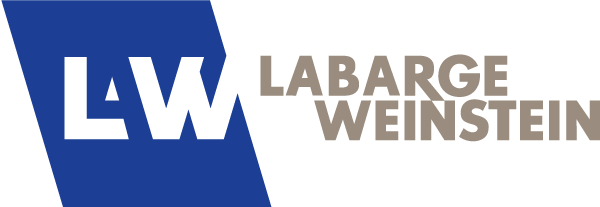TSX Venture Exchange Rescinds “Founder Share Restrictions”
Since 2007 and 2008 the TSX Venture Exchange has had restrictions regarding the number of “founder shares” that could be outstanding after any new listing such as an IPO, reverse takeover or Capital Pool Company qualifying transaction. Although other types of shares are included, the “founder share” definition was often employed to catch shares that were originally issued for less than $0.05 per share. Unless a qualifying major financing happened at the same time as the new listing, the restrictions prohibited new listings where the “founder shares” would represent more than 15% of the outstanding shares post closing.
Companies completing an RTO or a Capital Pool Company QT would often run up against this restriction, especially if the private target company had a small number of shareholders who received their shares for a minimal investment amount. In those kinds of deals, the private company founders often end up holding a large piece of the public company, triggering the “Deal Structure and Founder Share Guidelines”. In my experience, the TSXV was often flexible in applying the Founder Share Restrictions and would sometimes accept that the dollar value paid by the founders for their initial allotment of private company shares was not really indicative of the full value “paid” by the founders through their years of effort in growing the company. But even in those cases, coming up against the Guidelines could slow a deal down while you work on building an argument and dealing with the Exchange.
The TSXV recently announced that they have rescinded the Deal Structure and Founder Share Guidelines. This is a positive change in my view. The guidelines seemed unnecessary in light of the many other safeguards built into the TSXV policies around new listings to ensure that the deal value is justified and that private company founders stick around for a while after closing.


